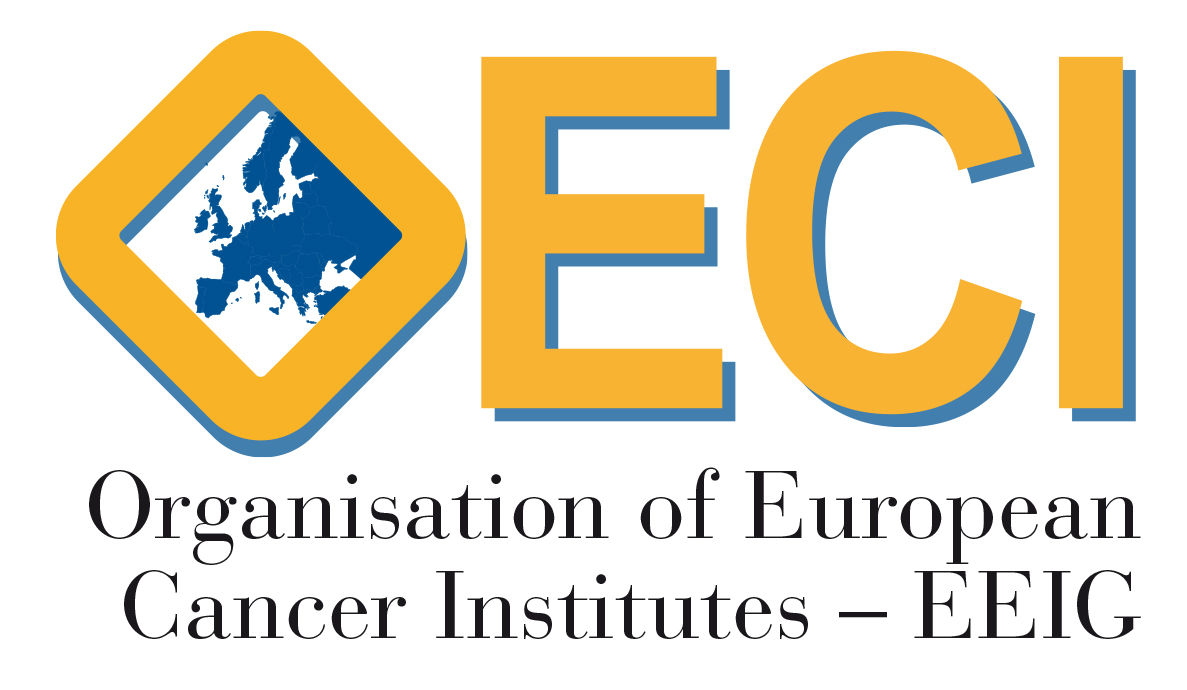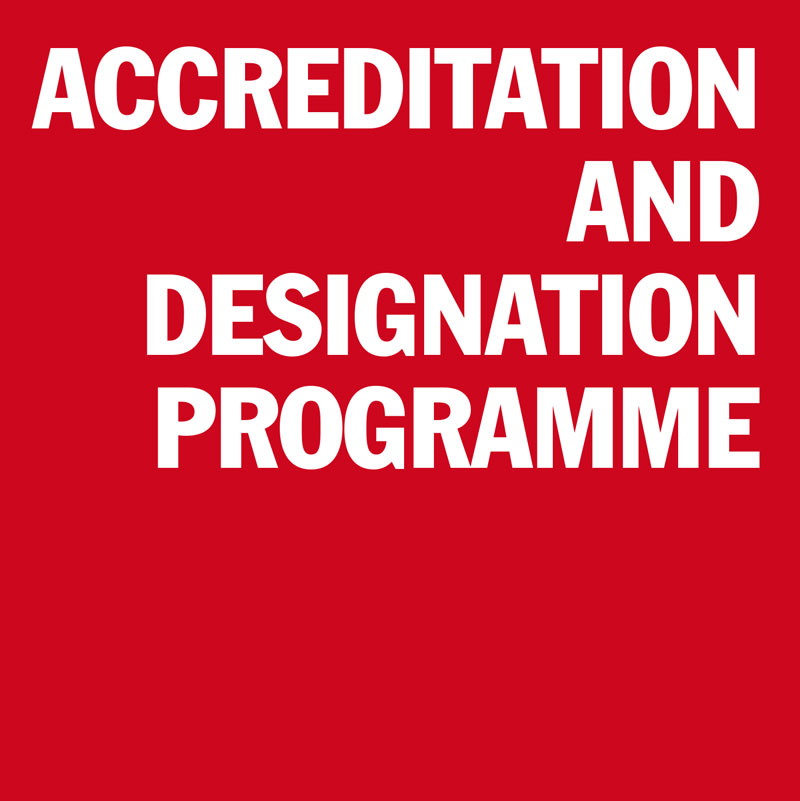Excellent Practices
Translational research and innovation
Practice Category: Research
Centre: Oslo University Hospital Comprehensive Cancer Centre (OUH-CCC)

Kjetil Taskén
kjetil.tasken@medisin.uio.no

Challenge which the practice addresses
A lot of publicly funded cancer research is not translated into clinical practice and innovation for the benefit of patients. Conversely, patient needs identified by clinicians are not efficiently connected to the potential in research and innovation environments. Meeting these challenges are dependent on an ecosystem encompassing a strong chain of activities ranging from basic discovery research via translational to clinical research as well as relevant innovation and commercialisation competences and investment capital. Furthermore, the partners must interact efficiently. Such a sustainable structure takes time to establish.
Solution
Oslo University Hospital CCC (30,000 patients, 9,000 new referrals/year, of which 14% are included in trials) has for many years established the prerequisites for innovation and built an extraordinary cluster comprising comprehensive clinical practice, research and innovation. At its core is the co-location of three units: (1) clinical cancer-related activities representing all treatment modalities and a broad spectrum of cancer diagnoses; (2) the Institute for Cancer Research (ICR https://www.ous-research.no/ institute/, 400 staff, 25 research groups); and (3) an innovation center, the Oslo Cancer Cluster (OCC, https://oslocancercluster.no, with > 90 biotech startups, global pharma and technology companies, investors, and with a dedicated building and incubator on site. This ecosystem is characterised by mix of permanent and ad-hoc cross organisational connections, employees with dual roles and careerdevelopment across borders, and cooperation in building and sharing networks externally. Based on the strengths of this core, cancer-relevant activities in the surroundings are incorporated in a geographically wider research and innovation cluster in Oslo and nationally.
Impact
The translational research and innovation at OUH CCC (annually 10-20 inventions leading to approx. and 1-2 new spin-out companies per year) have given rise to development, commercialisation and implementation of a range of new diagnostics and biomarkers, and of new approaches and new therapies in cancer treatment.
The innovation ecosystem includes both local start-ups and global companies. One notable spin-out company is Photocure, that developed Metvix, a NMSC skin cancer treatment sold worldwide licensed to Galderma. Photocure is now a dedicated bladder diagnostics, company developing Hexvix/Cysview (offices in US and EU).
Another example is Algeta, a company that developed Xofigo for prostate cancer (acquired by Bayer for >1,5 billion USD). A third example is Zelluna a promising startup developing a novel cell therapy. Furthermore, the ICR and the research innovation cluster at OUH CCC are a key driving force in the new and developing strategies for precision medicine and for cell therapy.
Critical success factors
The critical success factors in development of this part of the OUH CCC is following:
- The physical proximity in the core of the ecosystem
- The presence and encouragement of entrepreneurs (recruitment and incitements)
- Ability to promote dynamic organisational structures supporting the crucial interaction
- Sharing infrastructure and supportive competences
- Quality ensured at all levels
- Supportive cultures embracing every part of the cluster
Some examples of these:
- The establishment of an ICR Translational Research and Innovation Committee (TRIC) that meets monthly to discuss projects, support innovators and mobilize internal competencies.
- CCC and ICR Scientific Advisory Boards (SAB) advises on strategy.
- The public-private partnership in CONNECT (https://www.connectnorway.org) facilitated by OCC has been important to organize concerted actions of public and private partners and provide a strategic forum also to advance implementation of precision medicine and to discuss documentation, reimbursement strategies and more.
Next steps
Several emerging initiatives build on the existence of our research-innovation cluster:
- New buildings at the core campus of the research-innovation cluster (2024-25) will further improve the ecosystem.
- Cancer patients with advanced disease now get molecular diagnostics through the InPreD-Norway infrastructure, cases are discussed in our national molecular tumor board and can be included in the IMPRESS-Norway trial (https://impressnorway.com). This national framework and trial capacity attracts further company participation and new trials.
- Implementation of pharmacogenomics and drug screening approaches will further advance precision cancer medicine.
- To advance cell therapy and open opportunities for gene transfer we have launched the Advanced Cell and Gene Therapy Centre, ACT (https://www.ous-research.no/act).
- A 1.2 billion investment is made in a new proton therapy centre with a dedicated gantry for preclinical research, to open 2024.

